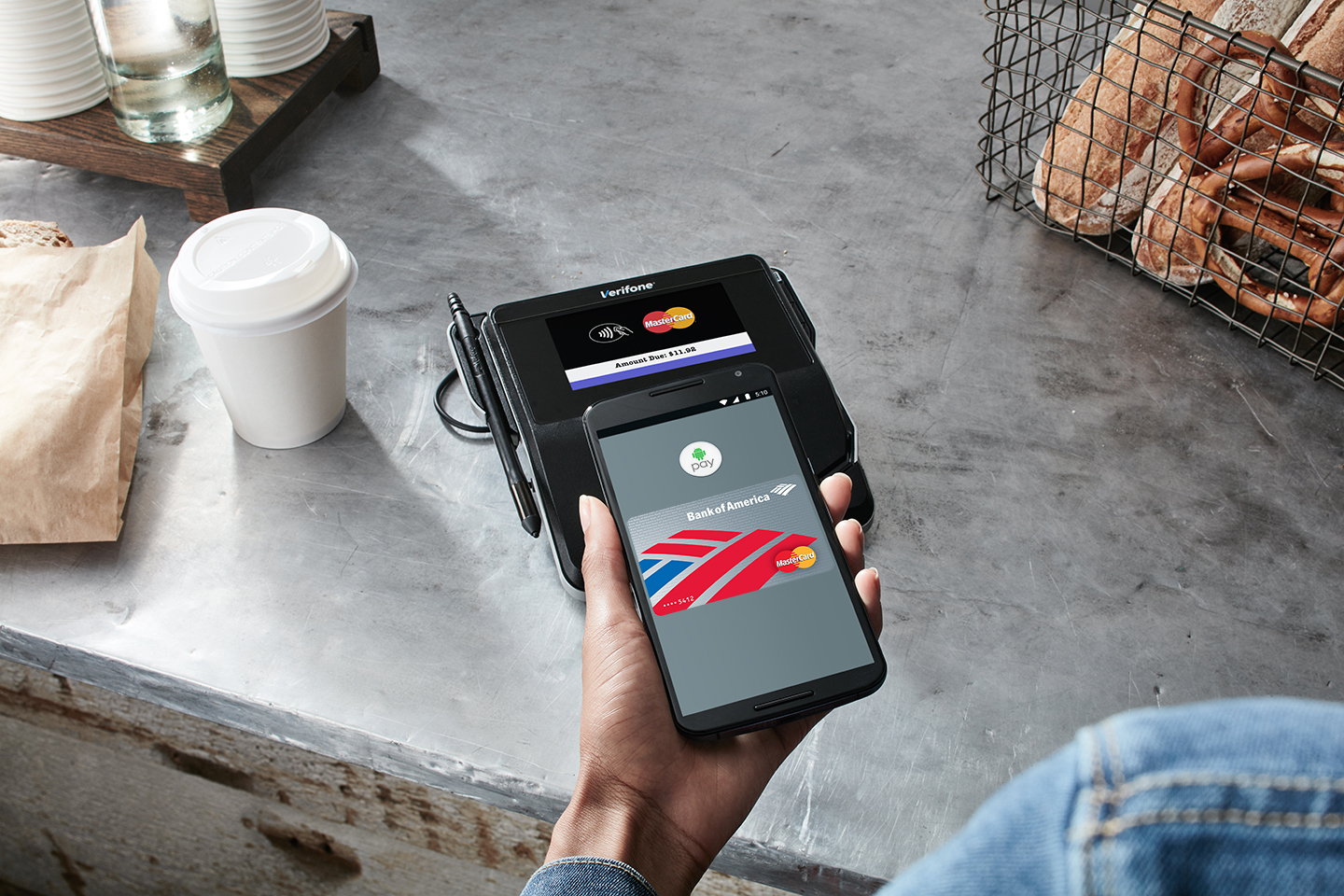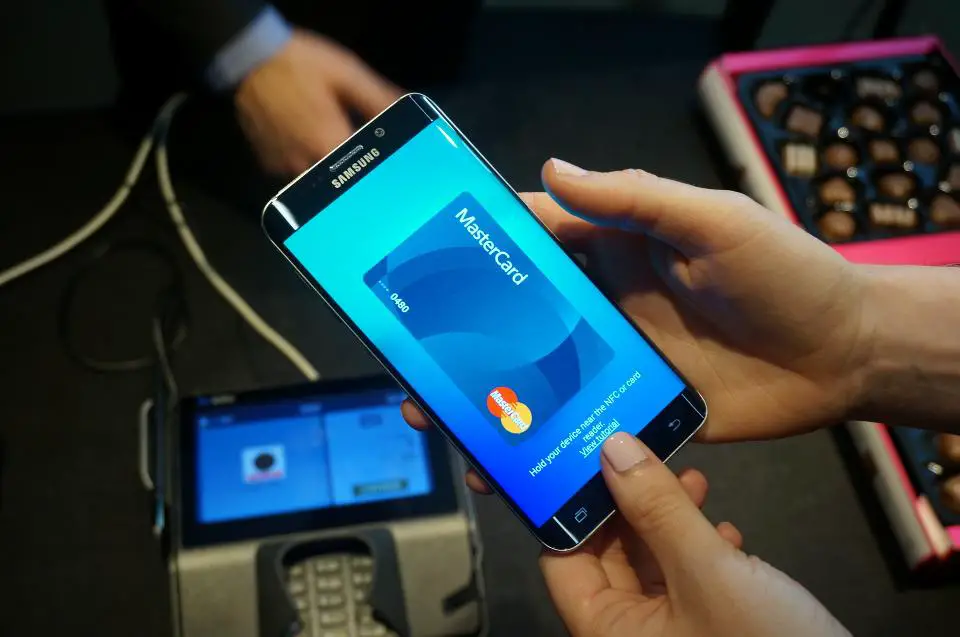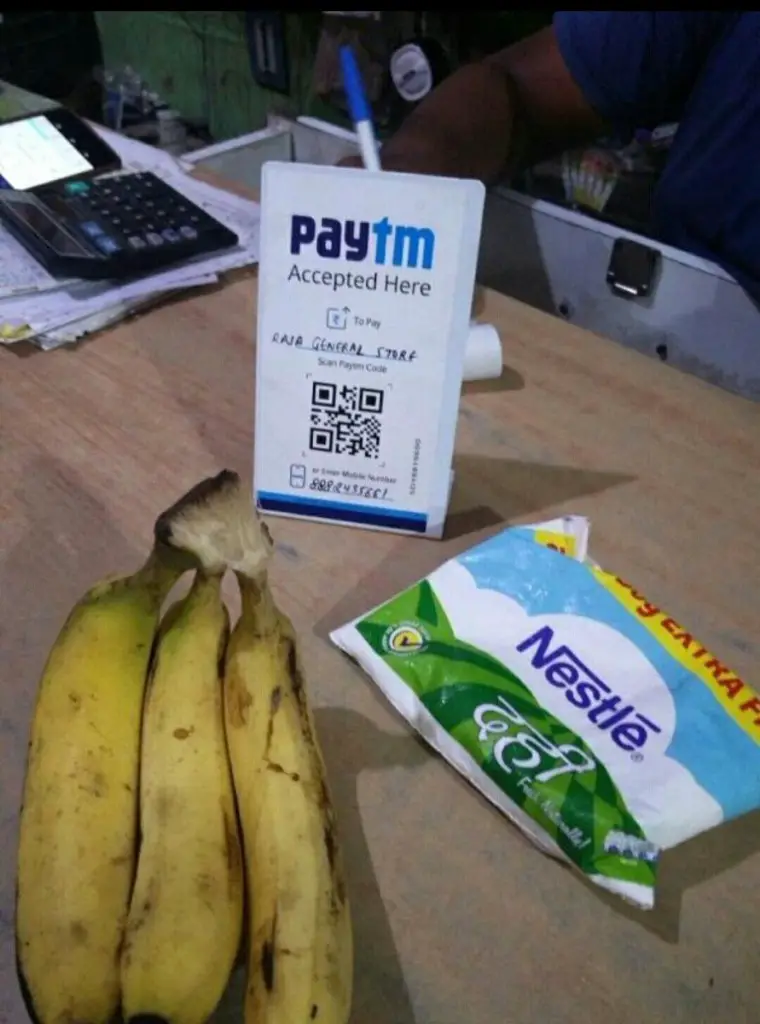Android Pay debuted in the year 2015 and revolutionized digital wallets. It quickly became one of the most used digital wallets. All it required was a mobile with NFC chip and the retailer to have a full setup. On devices with fingerprint sensors, it uses fingerprint for authentication and on devices lacking fingerprint sensors it uses pin or password. It was aimed to replace debit and credit cards. Is it High time for Google to introduce it to India? We find out.
How does it work?
Most of the credit cards have a chip which stores the information, and the customer punches a unique four digit pin. Earlier, instead of the computer chips, magnetic strips were used. The newer modern technology allows users to upload their credit card information on Android Pay Wallet. The chip of the credit card is replaced by the information stored in the Android Pay Wallet and the pin is replaced by the two-step authentication of the phone. Most of the phones today come with a fingerprint sensor which is considered more secure than a four-digit pin.
Compatibility
All phones that are running Android 4.4.4 KitKat and above and having an inbuilt NFC chip work with Android Pay.
Currently Android Pay is available in countries like United States, UK, and Singapore.
In order for the payment to be completed, the retailer should have a Near Field Communication (NFC) antenna, a Host-based card emulation or HCE and Android security.
Why it should launch in India soon
India is the second largest Smartphone market. 50% of 1.2 Billion Indians are below the age of 25.This newer generation is always looking for a change. Slowly but steadily India’s economy is moving towards digitization. With Government pushing for more digital transactions as well, introducing Android Pay in India will be a smart move. Samsung sensed this opportunity launched Samsung Pay in India earlier this month. Apple too will follow the suite with Apple Pay.
Challenges
In India, the faith on digital transactions is not very high. Most of the people still prefer to use cash. Even the Government’s push toward more digital transactions is not helping. That was until the recent demonetization step, and Paytm revolution that occurred subsequently, during the end of 2016, and the commencement of 2017. Still, getting people to switch to digital money transfer is going to be a tough task for Google. Furthermore, Android phones are not considered secure enough, and studies have shown that they can be hacked easily. Google should address these issues before launching Android Pay. Compatibility is another big issue. Most of the Android phones in India are budget phones which lack NFC chip. This implies, they won’t be compatible with Android Pay. On top of that, most of the small retailers and shop owners won’t be able to install the expensive setup required.
Competition
Paytm is India’s most trusted mobile wallet. Most of the retailers and small stores accept payment via Paytm. Unlike Android Pay which required an expensive setup, Paytm only requires the Customer and Retailer to have Paytm installed on their phone.
Also Paytm provides great offers like cashback and free movie tickets when paying through PaytmWallet.
Google may find it difficult to tackle the widely accepted mobile wallet Paytm and the robust offers it provides. Moreover, Samsung Pay launched earlier this month with support for Paytm Wallet. And seeing the opportunity, Apple will launch Apple Pay soon.
What are your thoughts on Android Pay? Let us know in comments below.











